Tue 20 Jan 2009
Amazon Remembers: neat new service
Posted by boz under Books , Computing , Photography , TechnologyComments Off on Amazon Remembers: neat new service

At lunch today I was browsing Amazon.com via the Amazon iPhone app. It prompted me to try a new experimental service: Amazon Remembers. Seems you can take pictures of things you want to “remember” while you are out and about. The pix get sent to Amazon, and the system will try to find the item for you.
Well, all I had with me in the lunch room was the book I was reading. I took a quick snapshot of it (bad photo – too much glare from the overhead lights). Sent it on.

Later today I got an email from Amazon that they have found a “similar” item for me: And sure enough, they had a link to The Fire by Katherine Neville.
This is something that will come in handy!
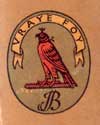

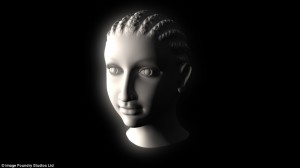
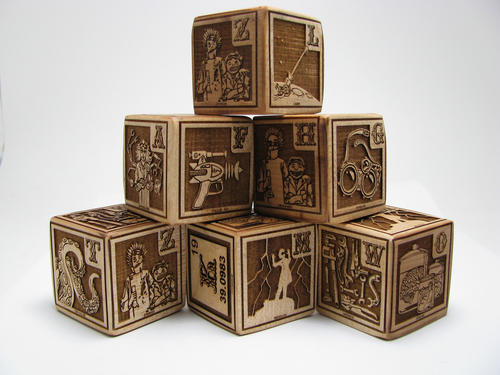
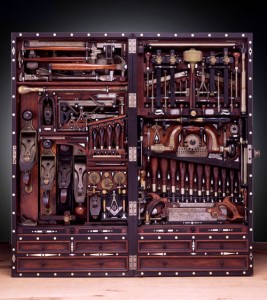

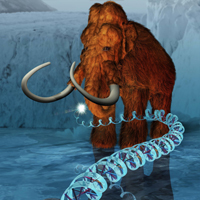
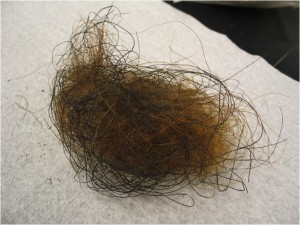
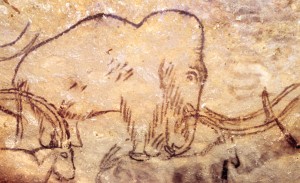
December 18th, 2008 at 4:42 pm
I did not know corn-rows were popular at the time of the ancient Greeks.